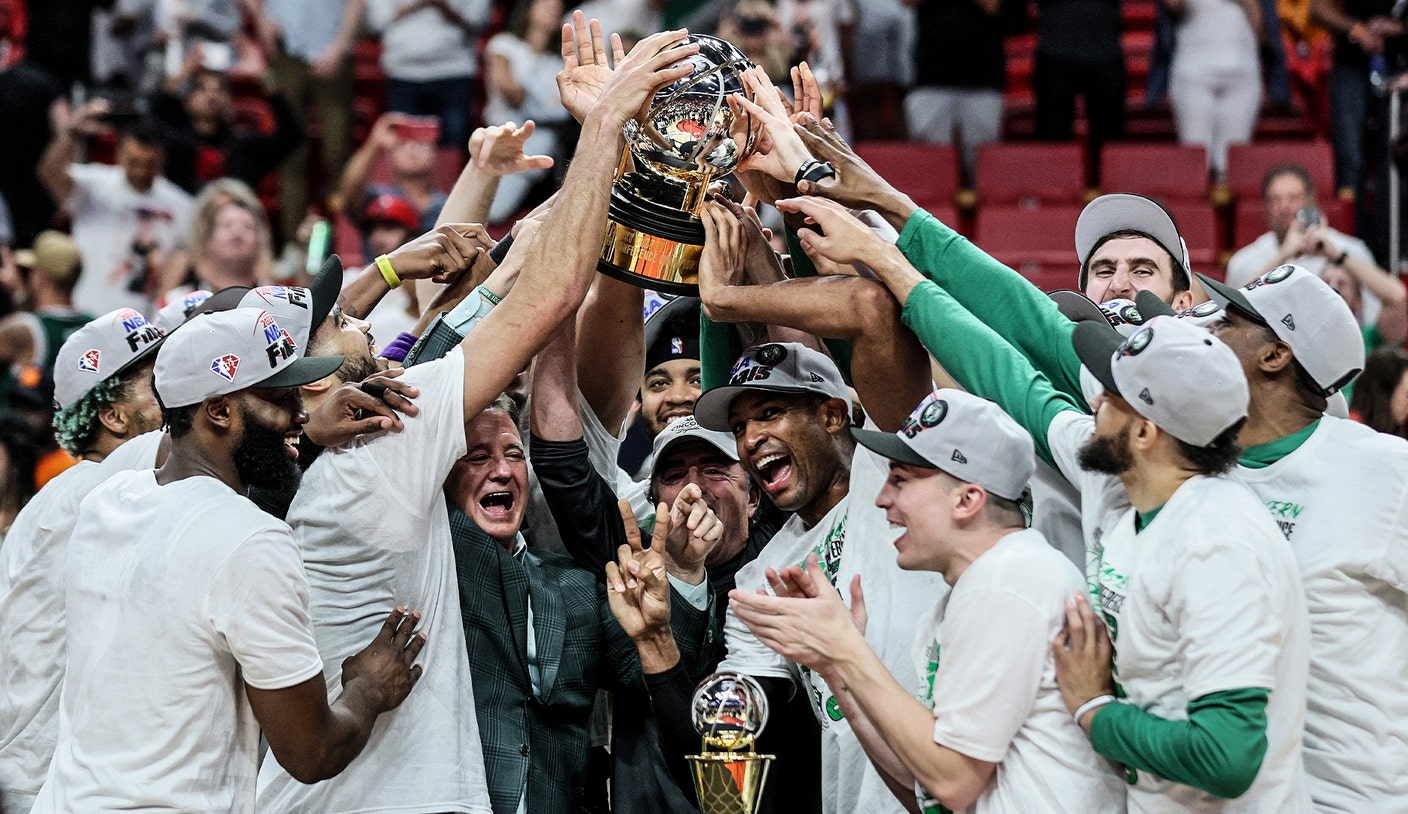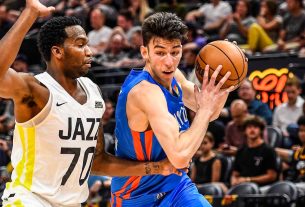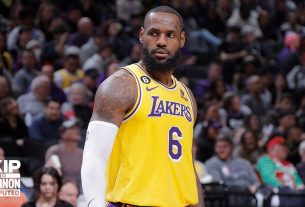Through Yaron Weitzman
FOX Sports NBA Writer
It was exactly one year ago today when the Boston Celticsafter a disappointing first round playoff loss to the Brooklyn Networksannounced a restructuring of their front office.
The first half of the press release — that Danny Ainge, the team’s basketball division president, would be stepping down — didn’t come as a surprise. After all, Ainge had held this role since 2003. Who could blame him for wanting to try something new?
However, the second half of the news was shocking. Brad Stevens would leave his job as Celtics head coach — one he’s held since 2013 — and move to the front office to oversee the team’s basketball operations.
Questions swirled about whether Stevens was suited to succeed in this new position. He was a natural coach, meaning he thought like a coach, a mindset that doesn’t always translate to success in a job that requires more long-term thinking.
But it was also unclear exactly why Stevens switched to the front office. There were reports that coaching during the pandemic — and the NBA’s tightened schedule — had left him feeling burned out. If that was indeed the case, was the grueling job of managing a basketball team really the right thing to do?
A year later it is clear that the answer was – and is – a resounding yes. It’s not just that Stevens is the man in charge of a Celtics team heading into the NBA Finals for the first time since 2010 after beating the Miami Heat 100-96 in Game 7 on Sunday night. It’s that she wouldn’t be there if Stevens hadn’t made every major decision he made in his first year on the job.
Yes, he inherited a roster that had made it to the Eastern Conference Finals in three of the previous five seasons, thanks to a series of brilliant moves from Ainge. Swap first choice to draft Jayson Tatum instead of Markelle Fultz. Drafting Jaylen Brown at number 3, a slot that many at the time considered a reach. Picking up Robert Williams and then Grant Williams in back-to-back drafts with picks in their 20s. Hire Stevens to coach the group.
But as the Celtics’ longtime coach, Stevens was clearly qualified to determine what exactly it took the team to get over the hump. He alluded to this at the press conference announcing the restructuring last year.
“I think I have a good insight into our team now that Danny is stepping down,” Stevens told reporters at the time. “I feel like I have a good idea of what we do well, what we don’t do so well, and I’ve been doing it for eight years. I’ve been in that locker room with some of these guys for a long time.”
It’s clear that his presence gave him a glimpse of what kind of tweaks he could make around the edges. No reset buttons were pressed. No major trades were made.
On the surface, this Celtics team is no different than those we’ve seen in years past. It’s built around twice the size of Tatum and Brown, with Marcus Smart and Al Horford padding in around the edges.
But this isn’t the same team from Boston, and as you watch the Celtics fend off the Heat in Game 7, you can see Stevens’ imprint all over the floor.
There was Horford just two years after he looked washed and after basically sitting out all of last season playing 44 minutes of lockdown defence.
There was Smart – whom Stevens signed on extra time in the offseason and then moved to point guard, a shift that unlocked the team at both ends of the floor – who amassed 24 points and served as the snake’s head for a suffocating Celtics defense .
There was Derrick White – who Stevens traded in for in February, a move that was part of a mini-squad overhaul to increase defense and size and remove ballstoppers like Dennis Schroder – who had eight points and a strong defense from contributed to the bank.
And there was the league’s No. 1 defense constructed by first-year coach Ime Udoka, whom Stevens hired as his backup, keeping the Heat at an ugly 42 percent from field and 6-to-30 from deep .
Getting Udoka off the Nets touchline was perhaps Stevens’ best move. Udoka seems to be one of those rare coaches who can outplay opponents with his Xs and Os, but also knows how to manage his players’ personalities.
However, where Stevens really deserves credit is in maintaining his patience. Remember this Celtics season got off to a rocky start. The players argued through the press. Udoka was critical of his group’s play and decision-making. There was talk of whether it was time to break the Tatum Brown core. On January 21, the Celtics fell back to 23-24 after a four-point loss to Portland.
Soon after, some defensive adjustments (slightly fewer substitutions, shifting Robert Williams to a more helping role) and roster maneuvers transformed the Celtics into the best team in the NBA. They ended the season with the second best record in the East but, more tellingly, the second best net rating in the entire NBA.
They’ve been a juggernaut all year and now, after getting rid of Kevin Durant, Giannis Antetokounmpo and Jimmy Butler, they’re just four wins from a title.
Front Office Brad Stevens’ decision making is not the reason for this. But it’s certainly one of the most important, which I think just a year ago wasn’t something many thought any of us would say.
Yaron Weitzman is an NBA writer for FOX Sports and the author of Tanking to the Top: The Philadelphia 76ers and the Most Audacious Process in the History of Professional Sports. Follow him on Twitter @YaronWeitzman.

Get more from the National Basketball Association Follow your favorites to get information about games, news and more.




